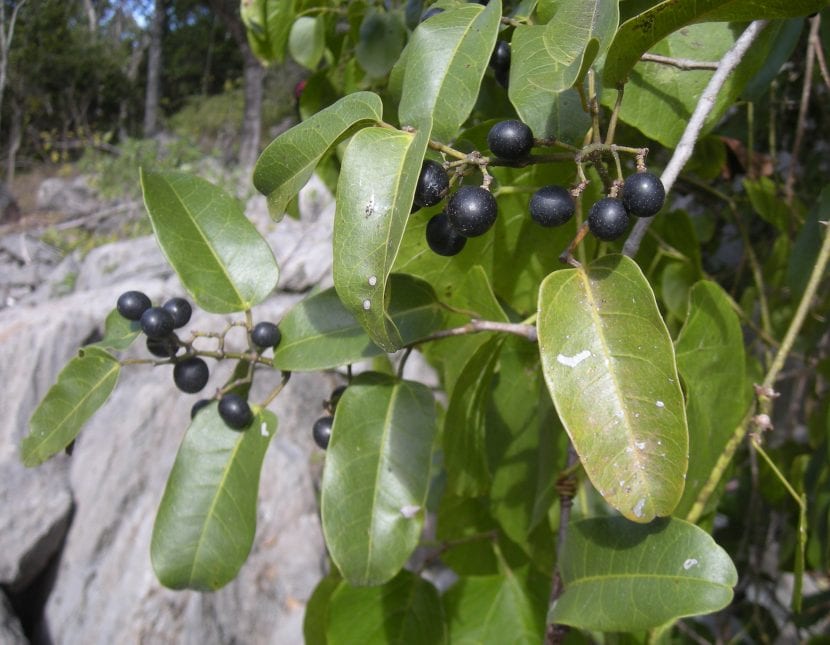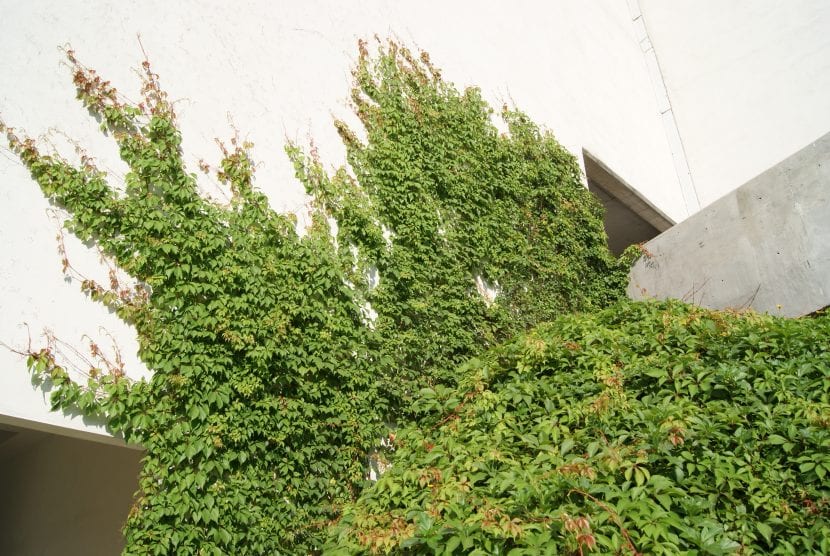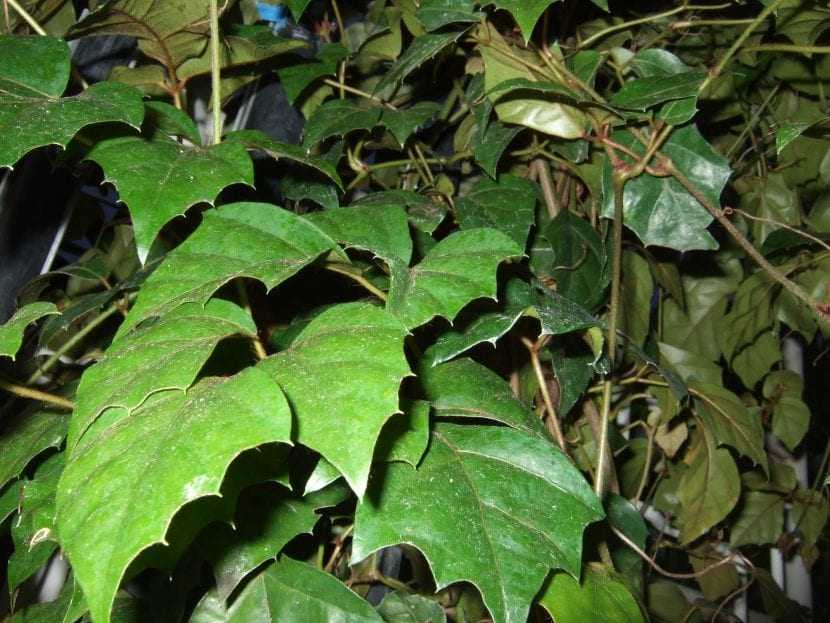
oblong cissus // Image - Wikimedia / Mark Marathon
Do you need a woody and climbing plant that grows fast and is also very resistant? So what you're looking for is some kind of Cissus. This genus is made up of rapidly developing lianas that need very little to be healthy.
But beware, that they are almost indestructible does not mean that they are immortal. If you want to have them for many years, then we are going to tell you what are their characteristics so that it is easy for you to identify them, and their care.
Origin and characteristics

Cissus sicyoides // Image - Wikimedia / Federico.dePalma.Medrano
The genus Cissus is made up of about 350 species of woody vines native to Africa, South Asia, Australia, New Guinea, and the American continent. It has a fairly fast growth rate until it reaches -as long as they have support- between 1 to 10 meters high.
Its leaves are evergreen, simple to ovate-oblong, green in color. Its flowers are grouped in inflorescences, and are 1-3cm long. The fruits are globose, measure about 15mm in diameter and are usually purple.
Main species
The best known are:
- Cissus antarctica: it is a native species from the coasts of New South Wales and from the Liverpool Chain to Queensland. The leaves are simple, with serrated margins, and it does not resist the cold.
- cissus rhombifolia: now it's called Cissus alata. It is native to gallery forests from Mexico to Bolivia. The leaves are composed of three green leaflets and the entire margin. Resists weak frosts.
- Cissus quadrangularis: it is a native plant of India and Sri Lanka, and reaches a height of 1,5 meters. Its stems have a quadrangular shape - hence the surname-, and its leaves are heart-shaped, serrated and are 2-4cm wide.
Uses
They are mainly used as ornamental plants, to cover walls, walls, etc. However, there are some species, such as the C. quadrangularis, which has medicinal properties. In fact, this in particular is tonic and analgesic, and is used to treat asthma, cough, osteoporosis or hemorrhoids.
What are their cares?

cissus rhombifolia // Image / Wikimedia / Halava
If you want to have a copy, we recommend you take care of it as follows:
- Location:
- Exterior: in semi-shade.
- Indoor: in a bright room, away from drafts.
- Irrigation: 4-5 times a week in summer, and every 3 or 4 days the rest of the year.
- Subscriber: in spring and summer, with Organic fertilizers.
- Pruning: in late winter remove dry, diseased or weak stems, and trim the others if they are overgrown.
- Multiplication: by seeds and stem cuttings in spring.
- Rusticity: depends on the species, but most do not withstand frost. If you have any doubts, contact us.
What do you think of these plants?
I bought the second one. Because the first one did not resist me some moves. I will follow these instructions to take care of it!
We hope you have better luck now! 🙂
Do you know that my dog has a joint disease and my partner and I give him mascosana cissus? It has many healing properties, we were advised by a veterinarian and we were very happy
Hello Adelaide.
Thanks for your comment. We are very happy to know that it was useful for your dog, but for these things you have to assess the case of each animal.
Greetings.
My dog runs and is happy since thanks to you we gave him cissus. He does not have any type of pain and that he has osteoarthritis and it did not relieve him at all.
Hi Salim.
I'm glad he's better, but we're not vets, we are gardening enthusiasts. Self-medicating an animal is dangerous.
Greetings.
Where can I get more information about cissus?
Hi, Pablo.
What you need to know? Write to us and we will help you.
Greetings.